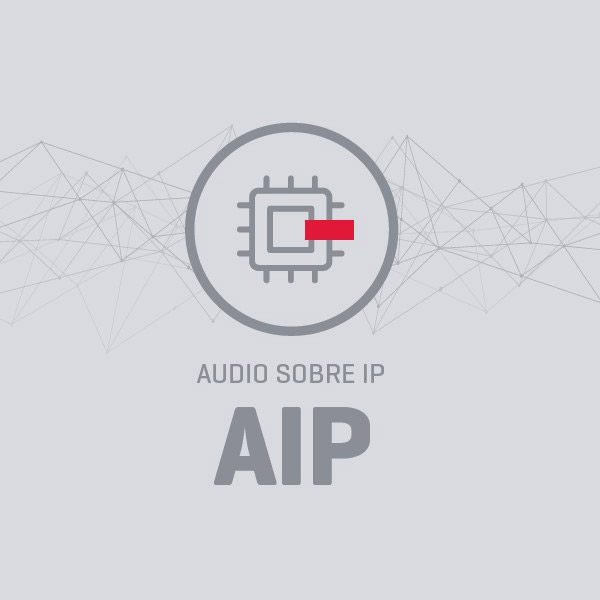In a transportation station, whether it be a train, bus, or metro station, having an efficient public address system is essential to ensure proper communication with passengers. The choice between IP public address systems and analog public address systems is a key factor that influences sound quality, system scalability, and integration with other devices.
A public address system in a transportation station must be clear, reliable, and adapted to the environment’s needs. Throughout this article, we will analyze the differences between both technologies and determine the best option for implementation.
How does a public address system work in a transportation station?
The primary function of a public address system in a transportation station is to transmit clear and audible messages to passengers. This system allows for the communication of announcements regarding schedules, delays, platform changes, security measures, and emergency notifications.
For a public address system installation to be effective, it must ensure:
- High intelligibility of the message, avoiding distortions or background noise.
- Uniform coverage, ensuring that sound reaches all key areas.
- Reliability, with system redundancy to prevent failures.
- Integration with other systems, such as information displays, alarms, and evacuation systems.
Technological advancements have allowed the public address systems in transportation stations to evolve, offering more efficient solutions tailored to current needs.
Analog public address system: features and advantages
Features of the analog public address system
The analog public address system has been the standard technology used in transportation stations for many years. Its operation is based on transmitting audio signals through cables from a central source to the various speakers distributed throughout the station. Amplifiers are used to ensure that sound is distributed with the appropriate power to each area of the station.
Advantages of the analog public address system
- Reliability and stability: It does not depend on digital networks or data connections.
- Low latency: The audio signal travels without noticeable delays.
- Lower initial cost: The investment in equipment is usually lower compared to an IP system.
- Easy maintenance: Technicians familiar with these systems can perform repairs without requiring networking knowledge.
The public address system in a transportation station based on analog technology remains a reliable solution when stability and ease of maintenance are prioritized. However, technological advancements have driven the integration of more versatile systems, such as IP public address systems.
Ip public address system: features and advantages
Features of the ip public address system
The ip public address system uses data networks for audio transmission, enabling more efficient and flexible communication in transportation stations. In this type of system, each device—whether a speaker, microphone, amplifier, or audio processor—is connected to the network via Ethernet cabling or wireless technology. This facilitates digital sound distribution, avoiding the limitations and quality losses that can occur in analog systems.
One of the major advantages of the public address system in a transportation station with ip technology is its ability to integrate with other communication and security systems, optimizing information management and enhancing the user experience.
Advantages of the ip public address system
- Superior sound quality: Thanks to digital transmission, the audio is clearer and free of interference.
- Centralized and remote management: Messages can be controlled and scheduled from any location.
- Scalability and flexibility: The system can be expanded without requiring major infrastructure changes.
- Integration with other systems: Compatible with security networks, alarms, and information panels.
- Automation and customization: Allows scheduling automatic announcements or directing messages to specific areas.
Thanks to these advantages, the public address system in a transportation station based on ip technology is an increasingly adopted option in modern installations.

AIP – Audio over IP
Audio over IP (AIP) is an innovative solution that enables the transmission and distribution of digital audio over conventional data networks, eliminating the need for dedicated cabling infrastructure. This approach leverages the advantages of IP networks to provide greater flexibility, scalability, and control in audio management, ensuring low latency and high sound quality.
What is the best option for a transportation station?
The choice between IP and analog public address systems will depend on several key factors:
- Size and needs of the station: In small stations, an analog solution may be sufficient, while for large infrastructures, an IP public address system is recommended.
- Available budget: Although IP public address systems require a higher initial investment, their lower maintenance costs and scalability can offset the expense in the long term.
- Integration requirements: If the public address system needs to be connected with other security or information systems, an IP solution is the best option.
- Need for remote control: For stations with multiple areas or centralized management, IP public address systems offer greater control and flexibility.
More and more infrastructures are opting for a hybrid solution, combining analog and IP public address systems to achieve a more efficient and adaptable system.
Conclusion
The public address system in a transportation station is a key element in ensuring effective communication with passengers. While analog public address systems remain a reliable and cost-effective option, IP public address systems offer advantages in terms of sound quality, scalability, and remote management.
In modern stations that prioritize efficiency and connectivity, IP public address systems are the best choice. However, in smaller environments or those with limited budgets, an analog system can still be a viable solution.
Each station must evaluate its specific needs to make the best decision when installing its public address system in a transportation station.






